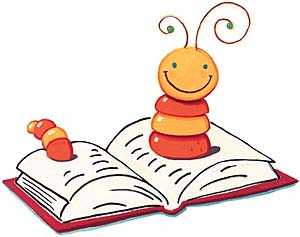Review- They Call Themselves the K.K.K:
The Birth of an American Terrorist Group by Susan Campbell Bartoletti
A.
Bibliography
Bartoletti, Susan
Campbell. 2010. They Call Themselves the
K.K.K: The Birth of an American Terrorist Group . Boston, Massachusetts: Houghton
Mifflin Harcourt. ISBN 9780618440337
B.
Plot
Summary
“Klansmen were sworn to
kill informers, even fellow members, who divulged information about the order,
its rituals, or its members.” The Ku Klux Klan is a highly secretive terrorist
group who conducted brutal raids upon black Americans. Their club began in the
aftermath of the Civil War and grew into a decidedly organized, destructive organization
that is still found today. Bartoletti opens readers’ minds to the story of the K.K.K.
and the turmoil they caused.
C.
Critical
Analysis
Using excerpts from
slave narratives, archival illustrations, and documented accounts from the
time, Susan Campbell Bartoletti gives a flowing, factual look at the rise of the
Ku Klux Klan. Bartoletti is a noted author of informational text with a record of
accurate, truthful writing. They Were
Known as the K.K.K. is a clearly written text that targets teen readers.
There is a wealth of illustrations to make it engaging and enough visual and
verbal access features to make it great for research work.
D.
Review
Excerpts
·
Starred review from Booklist: “…thoroughly researched volume.”
·
Kirkus
Best Books for Teens 2010
·
Junior
Library Guild selection
·
From School
Library Journal: “…well-structured inside look at the K.K.K…”
E.
Connections
and Classroom Activities
·
After reading aloud, with or without
audiobook, this text would lend itself well to a discussion group format. The
facilitator could pose questions about the students own background knowledge of
racism, feelings and emotions, and connections to other texts. At the end of
the discussion, the students could create a mock interview of a former slave
and their personal account of the K.K.K.





